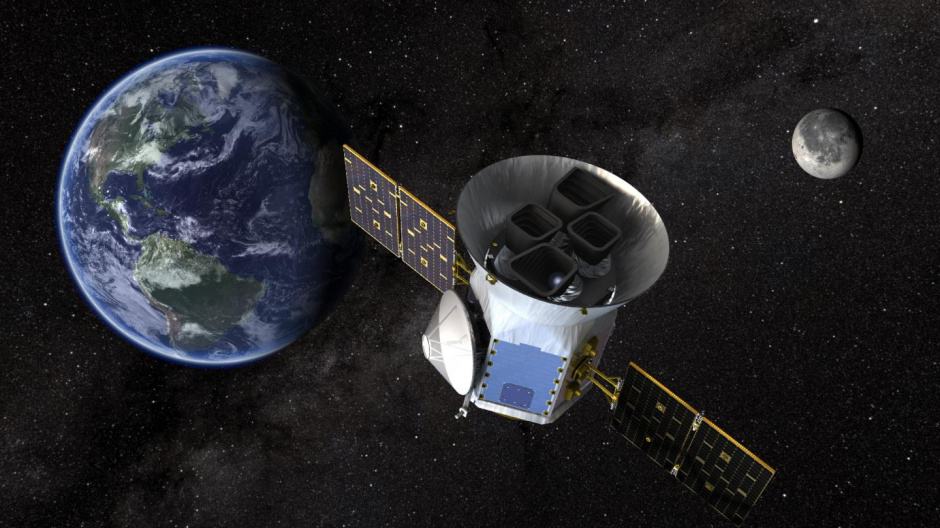Led by MIT, NASA's Transiting Exoplanet Survey Satellite (TESS) will spend the next two years monitoring the nearest and brightest stars for the tell-tale dips in light that occur when a planet passes in front of them (transits). The mission is expected to find thousands of new planets, some of which could potentially support life.
During its two-year survey, TESS will watch a wide variety of stars, looking for signs of planets ranging from Earth-size to larger than Jupiter. It will do this using four cameras, each equipped with a 16.8-megapixel sensor covering a square 24 degrees wide - large enough to contain an entire constellation.
The cameras are arranged to view a long strip of the sky, called an observation sector. TESS will watch each observation sector for about 27 days before rotating to the next. It will cover the southern sky in its first year, and then begin scanning the north. Over the course of the mission the satellite will study 85 per cent of the sky— an area 350 times greater than what NASA's Kepler mission first observed—making it the first exoplanet mission to survey nearly the entire sky.
Because TESS's observation sectors overlap, it will have an area near the pole under constant observation. This region is easily monitored by the James Webb Space Telescope, which allows the two missions to work together to first find, and then carefully study exoplanets, expanding our understanding of worlds beyond our own.

The planet-hunting satellite will fly in a special, highly elliptical orbit that maximises the amount of sky the spacecraft can image. As it approaches Earth, it will rotate, and transmit all its accumulated data to scientists on the ground. Over two years, this will allow the spacecraft to study nearly the entire sky, and potentially find thousands of new exoplanets.
TESS is expected to transmit its first series of science data back to Earth in August, and thereafter every 13.5 days, once per orbit, as the spacecraft makes it closest approach to Earth. The team will begin searching the data for new planets immediately after the first series arrives.
"I'm thrilled that our new planet hunter mission is ready to start scouring our solar system's neighbourhood for new worlds," said Paul Hertz, NASA Astrophysics division director. "Now that we know there are more planets than stars in our universe, I look forward to the strange, fantastic worlds we're bound to discover."




Swiss geoengineering start-up targets methane removal
No mention whatsoever about the effect of increased methane levels/iron chloride in the ocean on the pH and chemical properties of the ocean - are we...